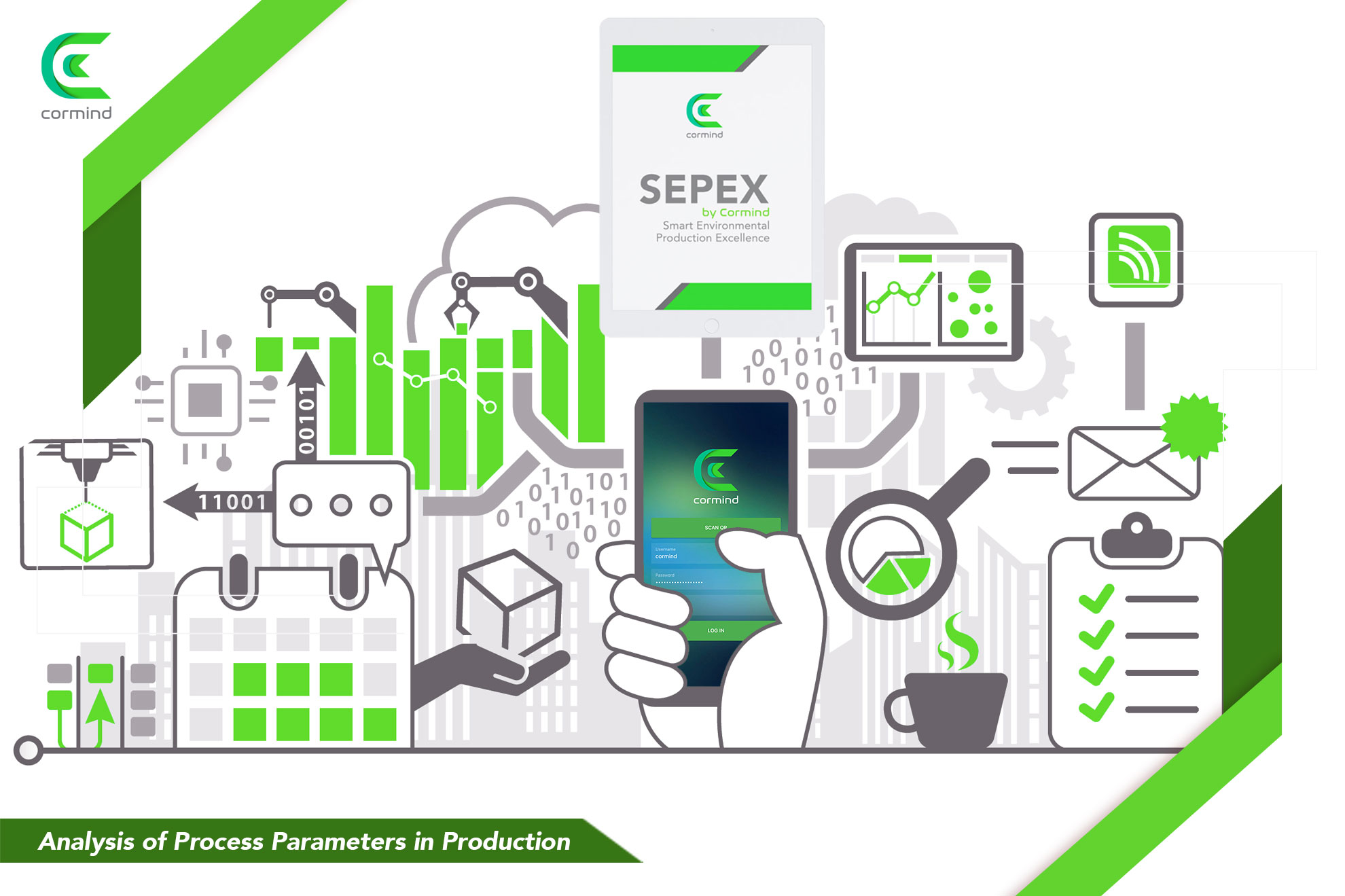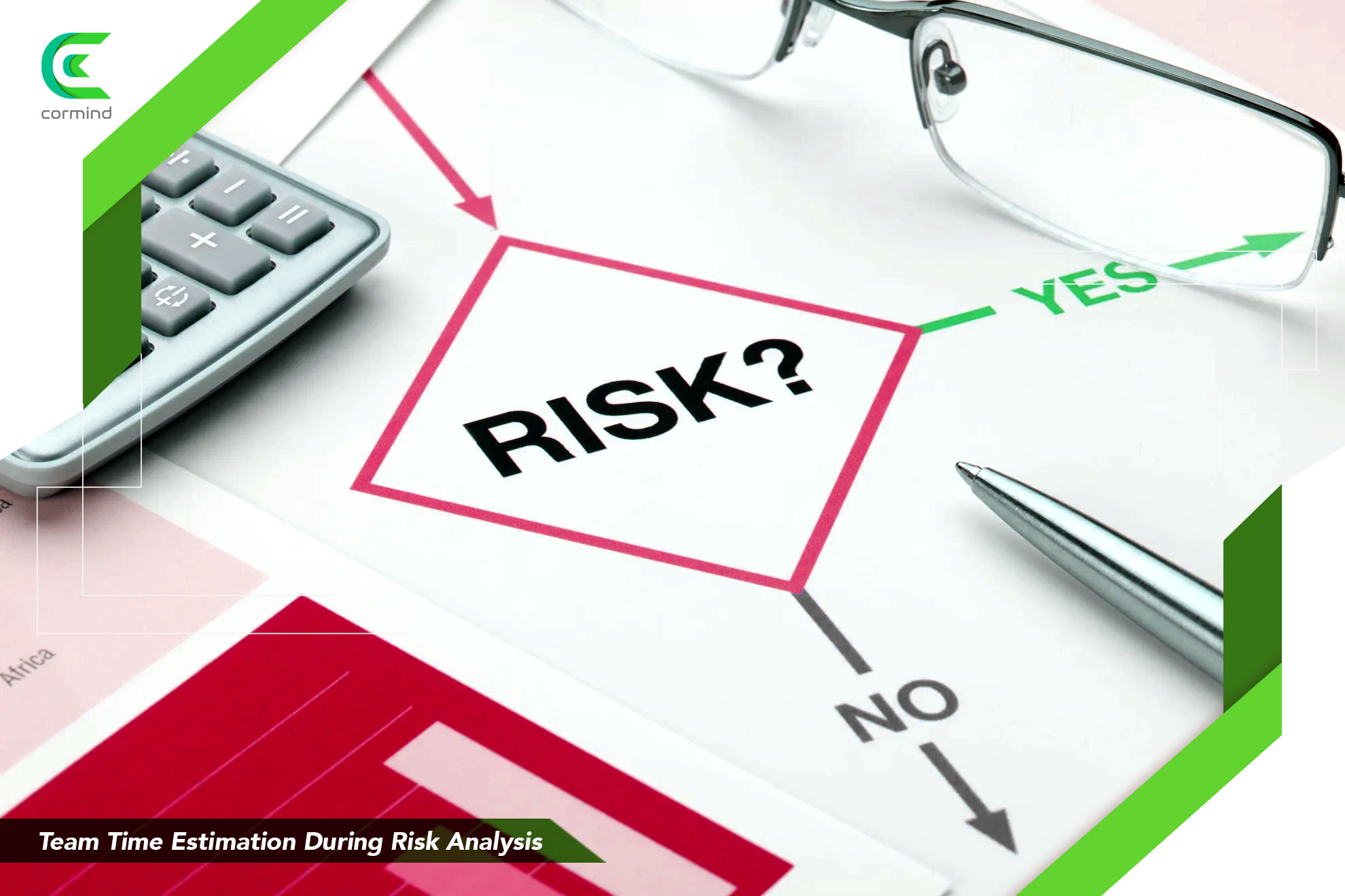In fiercely competitive markets, the quality of companies’ products and production is a factor in their success. Because companies must create and develop the necessary quality. “Quality means a product or service that fully meets or exceeds our expectations.” Technically, quality is the sum of product and service features that satisfy a clear need.
Accordingly, there are two issues that companies should consider when creating quality; identification of consumer needs, creation of products and services suitable for these needs, and defined demand. Healthy communication should be established with the consumer to determine consumer needs, and possible changes in consumer demand should be reflected on the product quickly to ensure the continuity of this relationship.
For businesses to be successful in competition, they must produce according to consumer characteristics (demand). The concept of the process, which is effective in producing the product and determining the quality of the product, and the reasons for the change in the process are discussed. It shows the application of statistical methods in process control and systematically demonstrates the application steps of statistical process control.
Another qualitative measure used to calculate machinability is tested with the Cpk index, which double-sided technique that checks the proportion of products exceeding the limit corresponding to different Cpk values in the case of characteristic limits. Cpk Estimator calculated Cpk. He showed that in the case of a one-sided specification limitation, a normal distribution table can be used to calculate the percentage of defective products. As can be seen, for companies to offer the desired level of quality, products must be designed according to features that represent consumer expectations. Therefore, the ability of the manufacturing process to produce products to specifications must be constantly tested. This evaluation can be done with process competence indicators.
With process capability indicators it is possible to determine to what extent the process meets specifications for normal and abnormal distributions. Thanks to the periodic calculation of performance indicators, this process can be monitored continuously.
Process Concept
Process refers to the stages required to produce a product or service. In another definition, people, machines/equipment, raw materials, production methods, and production environments come together to form the product. As the definitions suggest, a process consists of several elements. These; Process, materials, environmental conditions, operators, and inspection 3. The concept and determination of process variability We have said that a process consists of several elements.
These factors are a source of variation in the process. The change affects the quality of products and services created in the process. Therefore, process variation must be carefully monitored, analyzed, and therefore controlled. The causes of change in a process are divided into two groups.
Process analysis is extremely important in increasing efficiency, which is the primary purpose of process control. Technically, productivity is defined as the ratio between output and input. Here, outputs are represented as goods or services produced, and inputs as resources used to produce that good or service. For resources to be converted into goods or services, they must go through a production process.
Events that occur during production are analyzed using special artificial intelligence algorithms. Things that do not add value to production will be discarded. The data to be used in production is produced by optimization and modeling. From the moment this data is recorded, automatic learning takes place. These events are automatically executed continuously in the loop, which improves efficiency.
Process in Production
It is widely used to measure the performance of a production process. The quality indicators of the Cp and Cpk processes used were examined. For this purpose, after explaining the theory, an application was made on randomly taken samples from a textile company on certain days and hours.
The lower attribute limit is 29 and the upper attribute limit is 30, determined by the manufacturing process itself. Results are expected to show an average of 29.5. The following results are obtained when samples are tested daily.
- 1. day: Cp=0.416 and Cpk=0.283 *This operation is not sufficient.
- 2. day: Cp=0.354 and Cpk=0.226 *This operation is not sufficient.
- 3. day: Cp=0.450 and Cpk=0.360 *This operation is not sufficient.
- 4. day: Cp=0.642 and Cpk=0.240 *This operation is not sufficient.
- 5. day: Cp=0.670 and Cpk=0.690 *This operation is not sufficient.
Cp and Cpk must equal 1.33 to decide whether the operation is sufficient.
should be larger. Here it is clear that this method does not comply with this standard. For this reason, necessary modifications should be made in the process and it should be ensured that the manufacturing process is within the specification limits. For a manufacturing company to continue to operate in the market, it must calculate the process capability metrics, which are accepted as the performance criteria popular in the sector, and show that its process meets these ratios.
Team Time Estimation During Risk Analysis
Process risk analysis is applied in organizations at many stages such as R&D, design, evaluation, operations, and decommissioning. The analytical tools used mature the project in terms of risk and operability. Using the right tool ensures that expectations are met without being active. In addition, the estimated time for the risk analysis of the process is close to real-time, which means that the budget and calendar allocated for the analysis are not biased. Of course, the most important factor influencing a process hazard analysis chart is the complexity and scale of the process being evaluated.
However, the effectiveness of the team that will conduct the analysis is also important. Working hours would be close to ideal with a team with technical training to implement and in-depth knowledge of the process being supervised. The contributions of different disciplines to the analysis are of course valuable, but the number of people reaching levels that will cause deviations in the program will negatively affect the dynamics of the entire study. (You can also check the article in this link: https://cormind.com/kaizen)
Here it is possible to schedule additional sessions to technical sessions as an example of good practice. The action plans to be implemented in the analysis sessions, which can be implemented in the meetings with the experts, will be revealed in the form of sub-sessions. The study can be improved by getting answers to certain topics with sub-sessions.
The process of identifying hazards and reducing risk to acceptable levels is one of the two essential elements of integrated process safety. As with all processes, engineering risk management should be a management that does not depend on individuals and systems.
- In this context, organizations should establish a process to identify and assess security lifecycle threats.
- Which tools will be used at which stage of the project,
- How to train personnel with technical knowledge in organizations,
- What is the technical leadership capacity of the specialist,
- What specializations should teams have,
- How to limit the number of people eligible for engineering?
should be able to answer the question.
Process Analysis and Optimization
Although the analysis of data with statistical methods in process analysis is a separate field in itself, the use of some common methods in the field offers significant advantages in process analysis. It provides important contributions in terms of evaluation. Although the linear regression method is the main method used today, the steps of evaluating the data and choosing the appropriate method according to the data situation are skipped at this point.
This training will draw attention to the possible shortcomings of the study participants in this regard and will explain with examples how to determine appropriate data and/or methods, appropriate analysis methods, and methods. When a non-linear regression method is needed, it is emphasized what the results are and how they will be evaluated, and it is ensured that the participants reach the level of knowledge and experience that they can benefit from similar studies.
In addition, what is modeling research, evaluation based on statistical principles, how it is done, appropriate model selection, comparison of models, etc? The program will be enriched with expert faculty members. Here, modeling methods used for different processes in scientific research are discussed.








